In this fascinating interview with Wonder Woman 1984’s DP, Matthew Jensen ASC, we are exposed to the essentials and wonder of the celluloid. WW84 was shot entirely on Kodak 35mm, 65mm, and IMAX 65mm film formats. Read below about the challenges and the dedications involved.
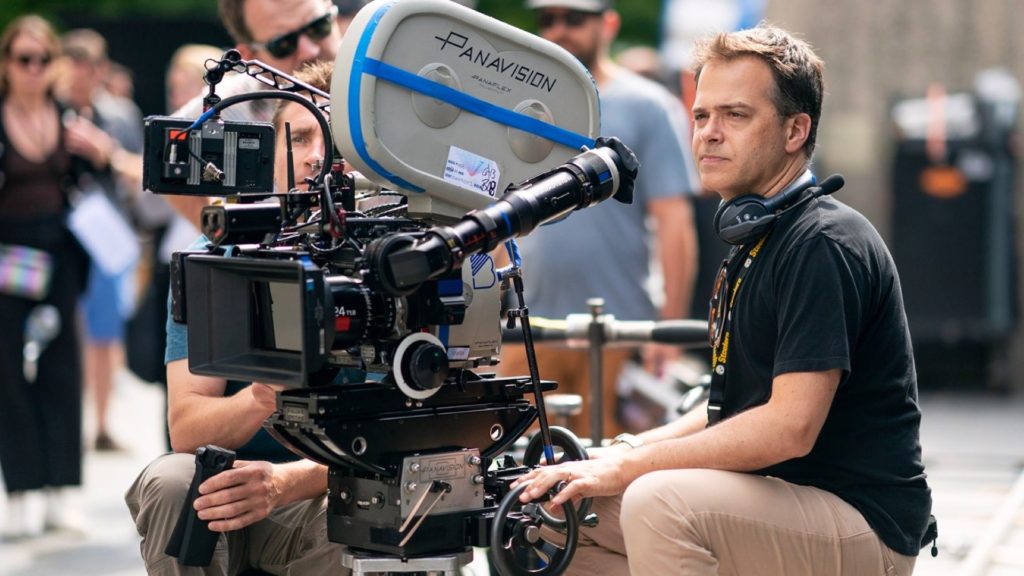
Reignite the “Blockbuster Look” of the 1980s
It’s no secret that celluloid reminds us of a true cinema, and I’m talking about those good old action movies from the 1980s. The analog, grainy, and organic look that every digital manufacturer tries to mimic. This image comes naturally straight from a film camera. “Patty Jenkins (the director) wanted something colorful and gleeful…a fun experience, like those sort of blockbuster movies, were in the 1970s and early 1980s,” says WW84 DP Matthew Jensen ASC on an interview to Kodak. “On the first feature, the task was very much about maintaining a cooler, desaturated look, and sometimes I had to fight to push the color into that movie through my lighting and then in the final grade,” he remarks. “But this time around it was quite the opposite. Indeed, WW84 was shot entirely on film cameras, and thus, was designed to be screened on the huge canvas (IMAX theater), and not be streamed on consumer TVs.
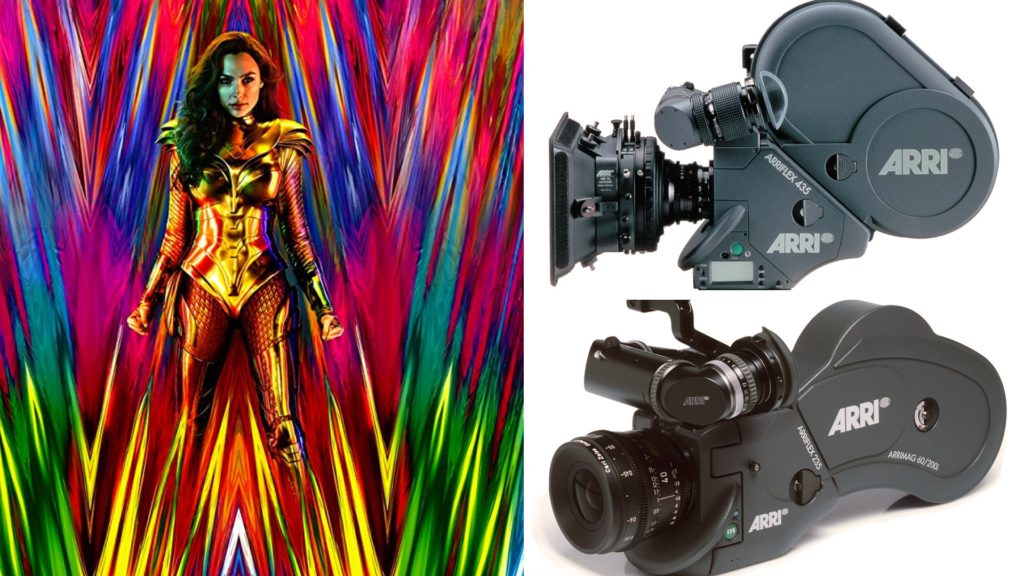
Film looks glamorous, actors look better on celluloid, and it lends itself so much better to period films than digital.
WW84 DP – Matthew Jensen ASC
Digital wasn’t an option
According to Jensen, there was no question that WW84 will be shot on film. “Patty believes in film. It remains a powerful medium with incredible texture. Film looks glamorous, actors look better on celluloid, and it lends itself so much better to period films than digital” he adds. Also, film cameras contribute to the whole filmmaking process on set. “I enjoy lighting through the lens, rather than judging things on a monitor that is often removed from the set. On digital shoots, despite my very best efforts, I find myself inevitably running back to the monitor or the video village. I feel more present on set and connected to the process when I’m shooting on film.” Jensen says. Hearing it almost constantly from top tier DPs make me wonder that we’ve forgotten the filmmaking methodology when shooting digital. On shooting film, your main weapon is your light-meter, which makes you much more involved than trusting scopes.
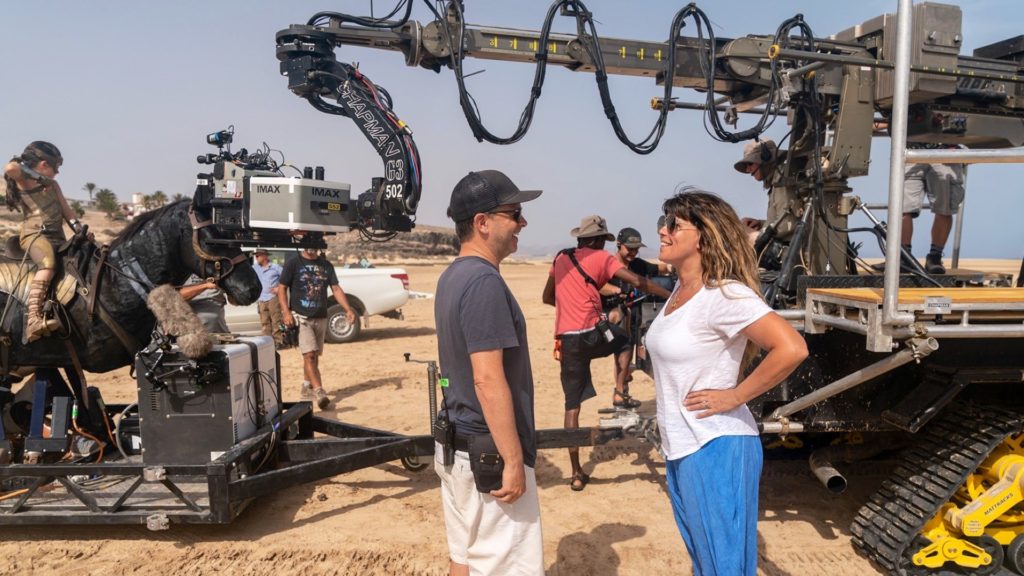
I enjoy lighting through the lens, rather than judging things on a monitor that is often removed from the set. On digital shoots, despite my very best efforts, I find myself inevitably running back to the monitor or the video village.
WW84 DP – Matthew Jensen ASC
IMAX, ARRI, and Panavision
As Jensen elaborates: “Looking back at the 70mm print results we achieved from a 35mm DI grade on the first movie, Patty and I felt it would be interesting to shoot Wonder Woman 1984 in a larger film format, and considered shooting the whole movie in 65mm 5-perf. But, given the logistical complexity of shooting at so many different locations in different countries, and the fact that we would be vying for the small number of existing 65mm film cameras, which were already being shared between Hoyte on Tenet and Linus Sandgren FSF ASC on 007 No Time to Die, meant that shooting a whole movie using large format film was not going to work for us.” Eventually, the team has to compromise and reduced the IMAX shots and capturing the action-packed Themyscira opening and closing winter coda sequences of Wonder Woman 1984 in IMAX 65mm, 1.90:1 aspect ratio, with the rest of the story shot widescreen 2.39:1 on 35mm. The rest of the cameras were Arriflex 235 and 435, and the Panaflex Millennium XL2 provided by Panavision, with the mighty Sphero 65 lenses.
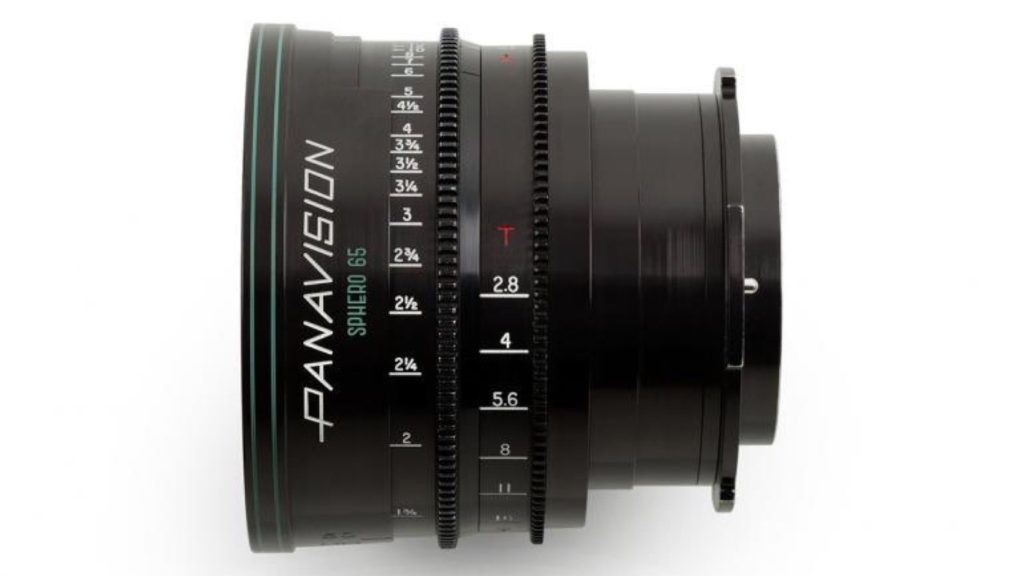
The IMAX dilemma and challenges
The IMAX MSM 9802 cameras, plus a range of proprietary lenses, including Jensen’s workhorse 50mm and 80mm primes, were supplied by IMAX Corps. “I had never shot IMAX before, and it was a steep learning curve,” admits Jensen. “Hoyte van Hoytema (a cinematographer that specializes in IMAX cameras) was kind enough to dispense his thoughts about shooting in IMAX 65mm, such as how best to move the weighty cameras, the short run-time of the magazines, various tricky technical issues, and his favorite lenses. He also advised me to not even think about shooting any synch-sound sequences, as the IMAX MSM cameras can clatter like sewing machines, and that 65mm 5-perf would be better for those dialogue moments.” Jensen explains. Indeed, the IMAX camera is a whole new animal. Yes, you get the best image quality for sure, but they’re a tremendous amount of challenges involved (form factor, weight, noise, price, and more). However, when shooting with this camera, an IMAX representative will be located onset, to allow crucial and immediate technical support.
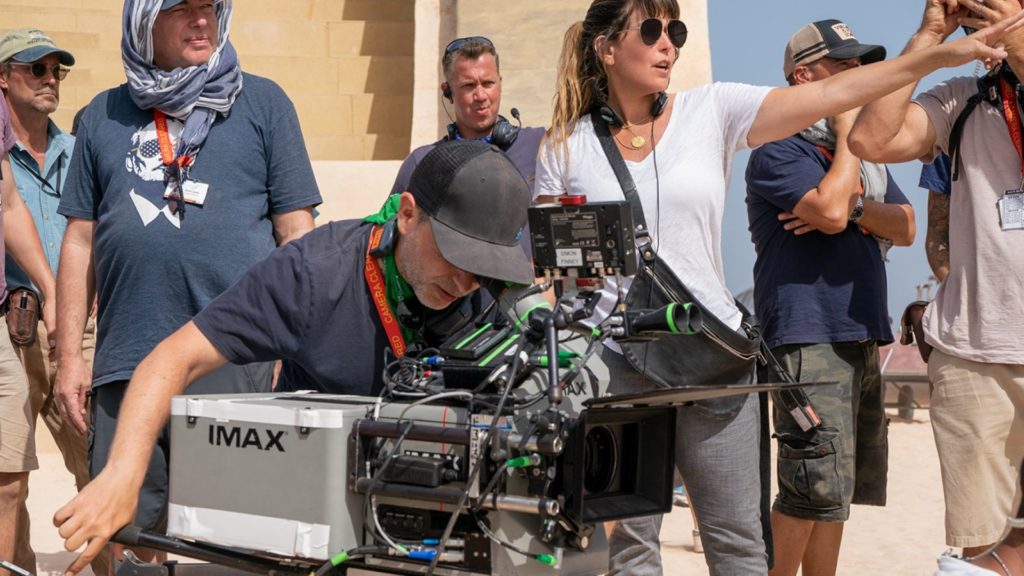
I had never shot IMAX before, and it was a steep learning curve.
WW84 DP – Matthew Jensen ASC
$1,000 for 3min = on-set dedication
Speaking about the experience of analog film production, Jensen says, “I enjoy shooting on film because of the discipline it enforces on set. There is a sense that the film running through the camera is as precious as gold ($1,000 for 3min when shooting IMAX). So everybody is on their A-game. From the crew to the cast there is a special focus that happens when the camera rolls. You shoot the take, have a break, reset and go at it again if needs be. To my mind, digital has created some sloppy work habits on set where the camera just rolls, and I don’t believe that leads to better work”. Here Jensen refers to the Digital Fatigue we wrote about when shooting on digital cameras. In fact, when shooting film, the take must be more precise and with minimal errors, which leads to the less raw material that needs to be cut away in post. That elevates the accuracy of the production and post-production as well.
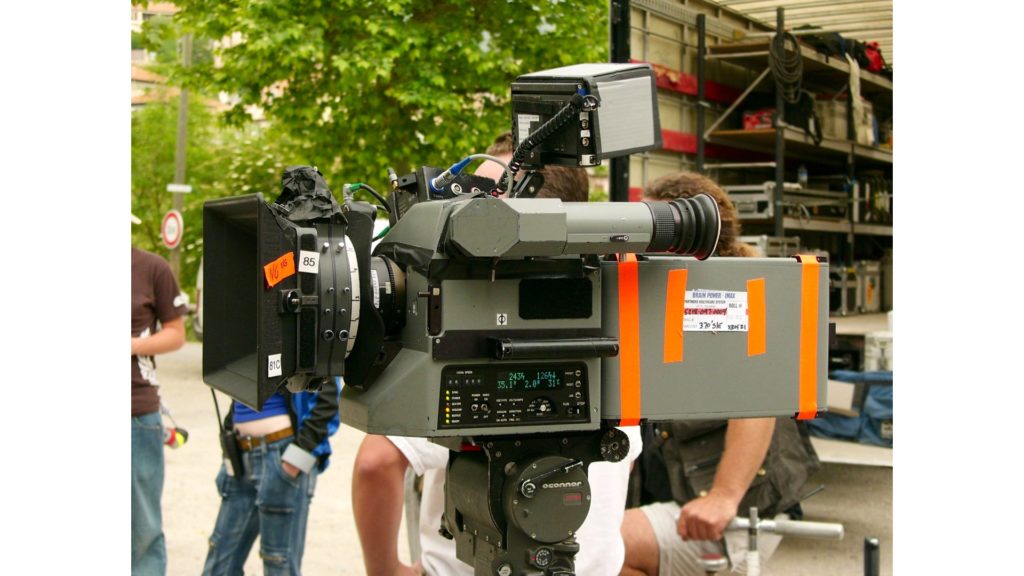
There is a sense that the film running through the camera is as precious as gold ($1,000 for 3min when shooting IMAX). So everybody is on their A-game. From the crew to the cast there is a special focus that happens when the camera rolls.
WW84 DP – Matthew Jensen ASC
Final thoughts
I haven’t seen WW84 yet, since there is no HBO Max in Israel and the theaters are still closed due to COVID. However, I will watch it when it reaches IMAX. There’s no doubt that shooting on film demands more filmmaking expertise and professionalism. Nevertheless, the results are an explosion of organic creativity out of the cinema screen that will grant you the best viewing experience possible.
Relevant articles:
- Team Deakins Interviews Cinematographer Hoyte van Hoytema
- WONDER WOMAN 1984 Will be Released Simultaneously in Theaters and on HBO Max
- Wonder Woman 1984 Was Shot Entirely on Film: Another Proof that Film is Alive and Kicking!
- The Cameras Behind Oscar 2021: Film vs. Digital
- IMAX Filmmaking: What is it like to Shoot on an IMAX Film Camera?
- The Digital Cinema has Brought the Film Cameras Back in the Game

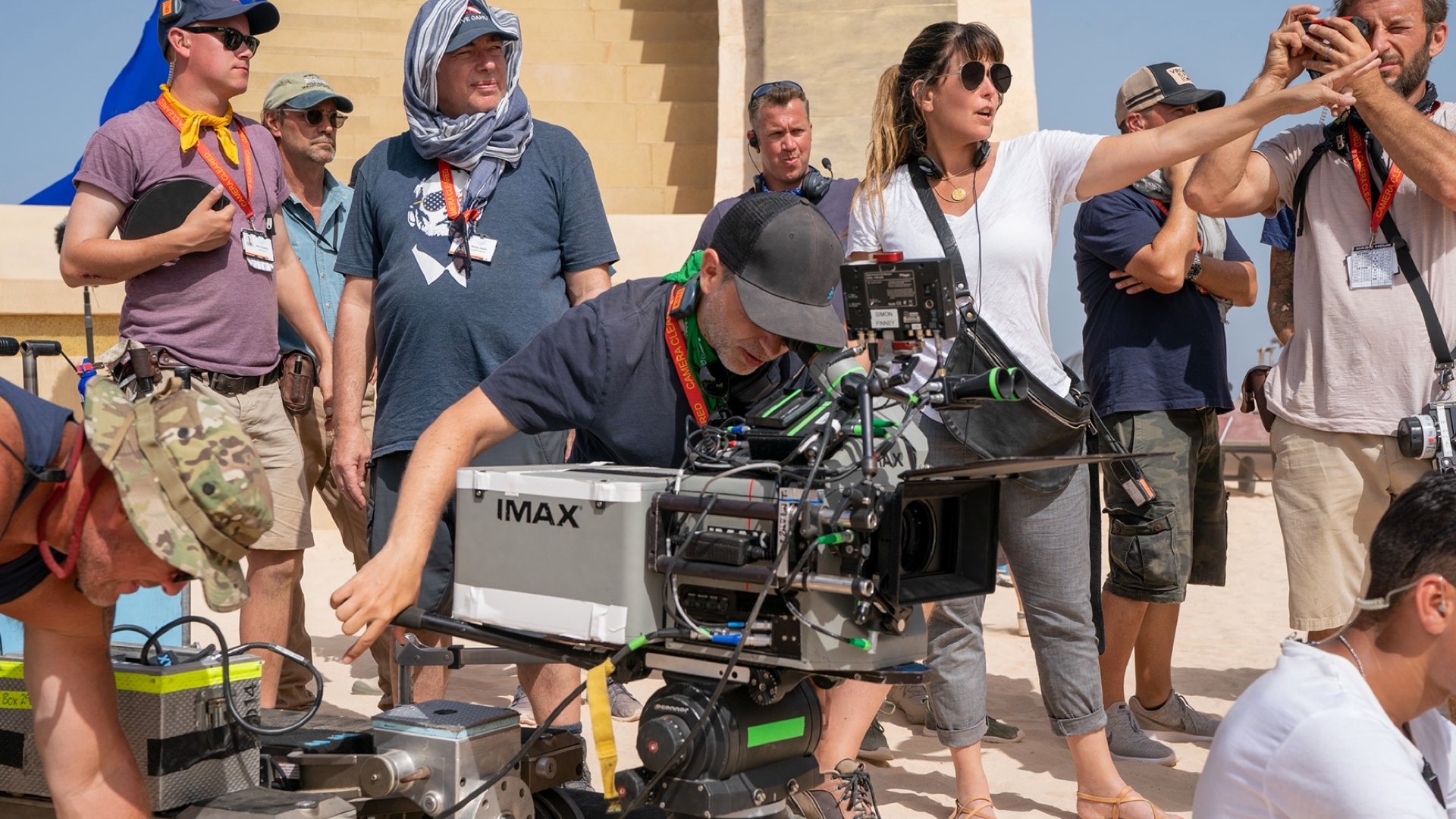


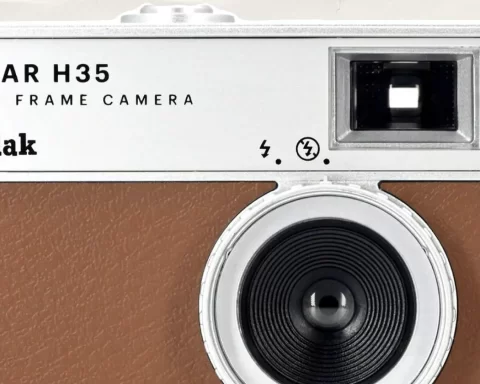

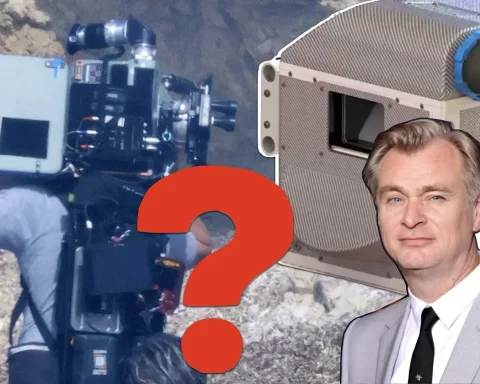


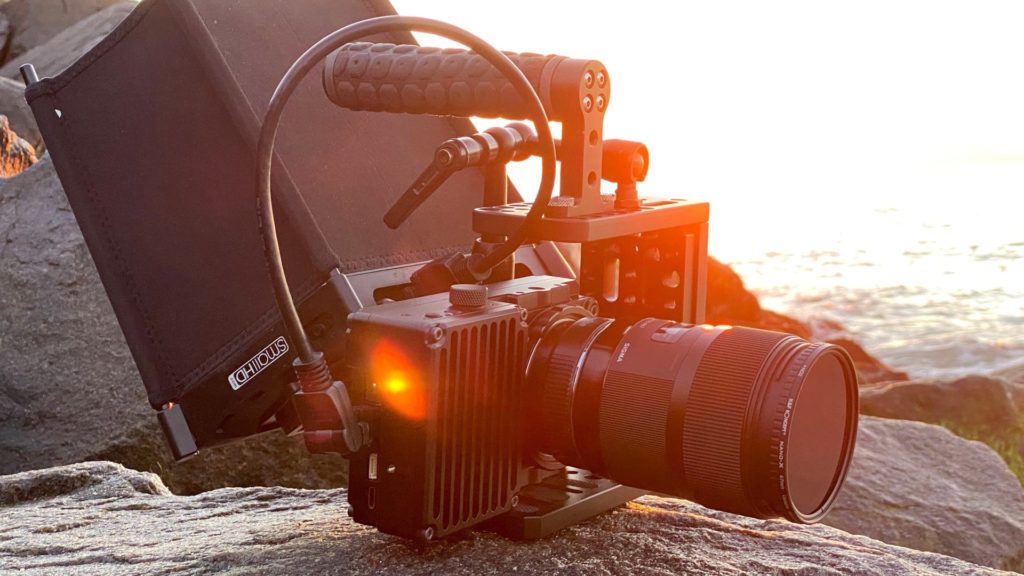
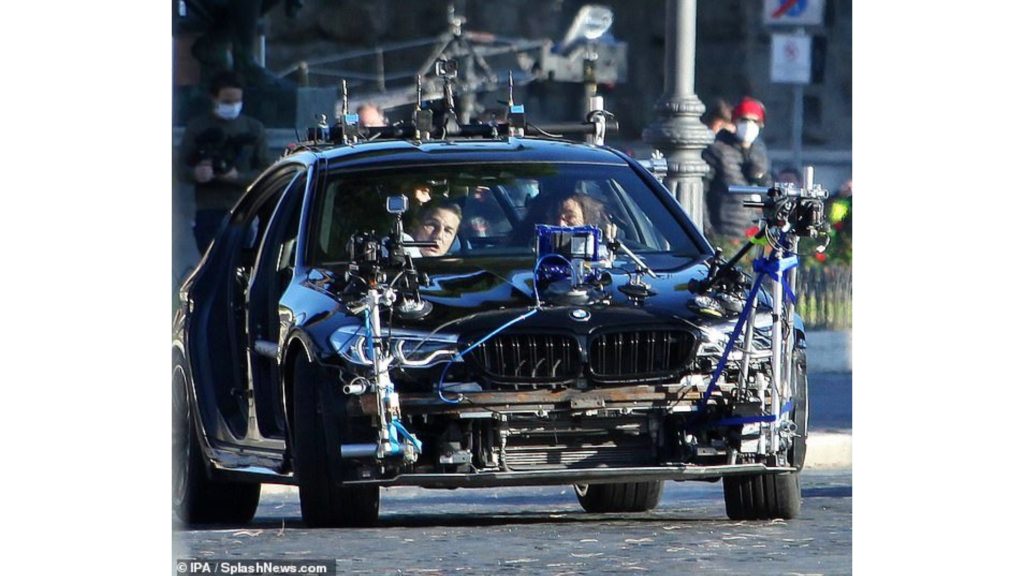





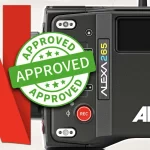
They should have went all digital. Outside of the Young Diana sequences, the image quality throughout the movie was poor.